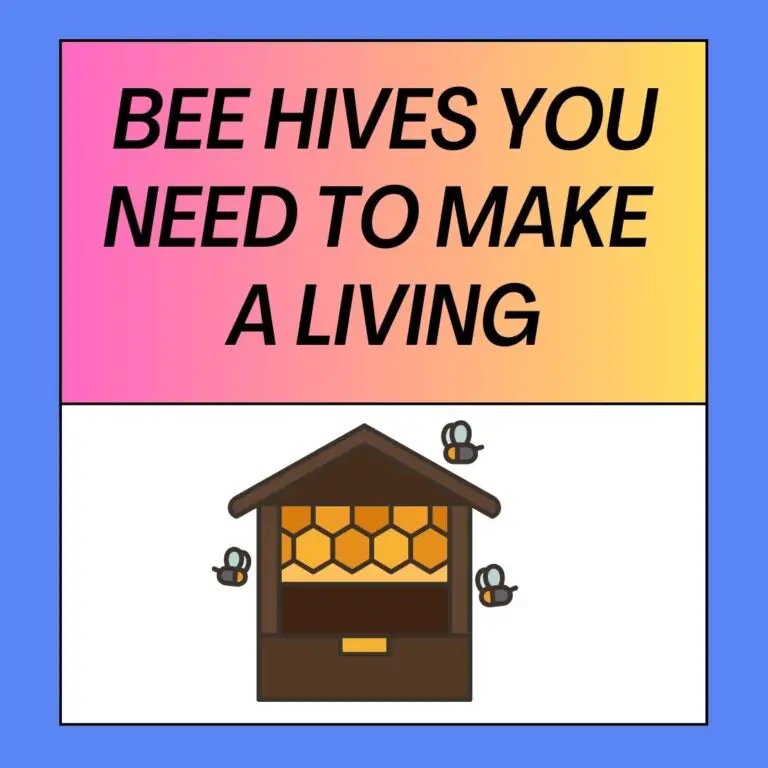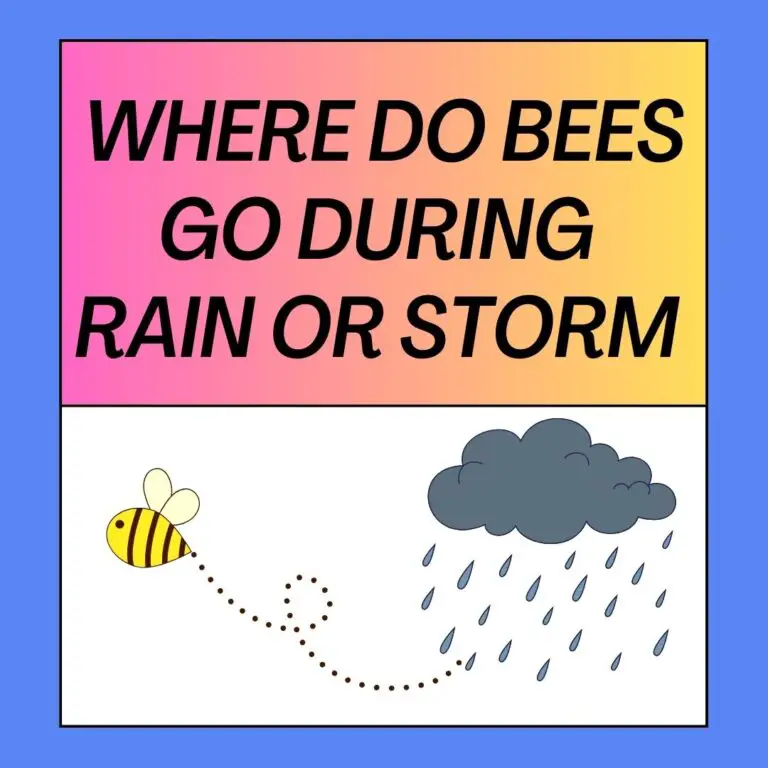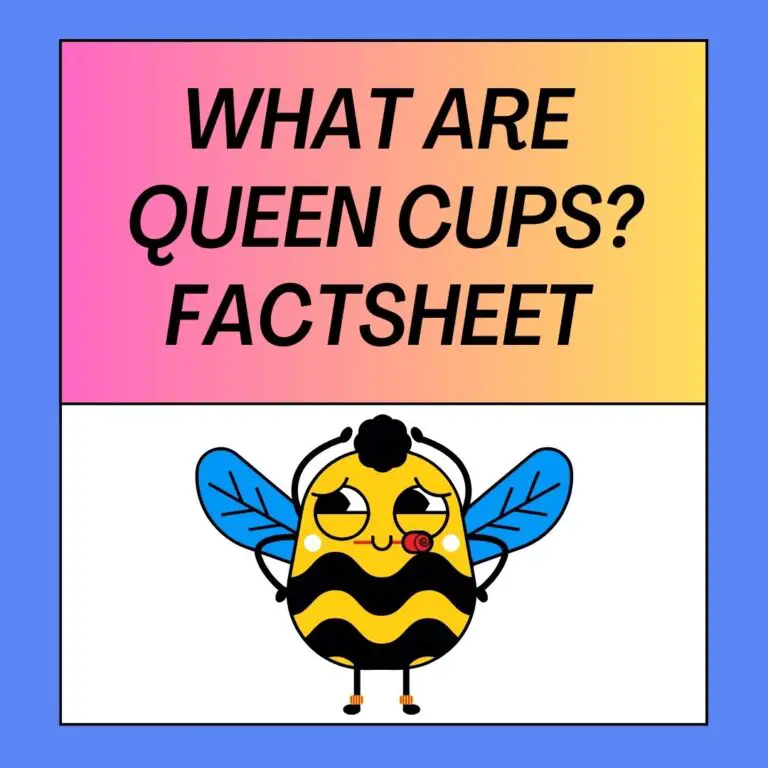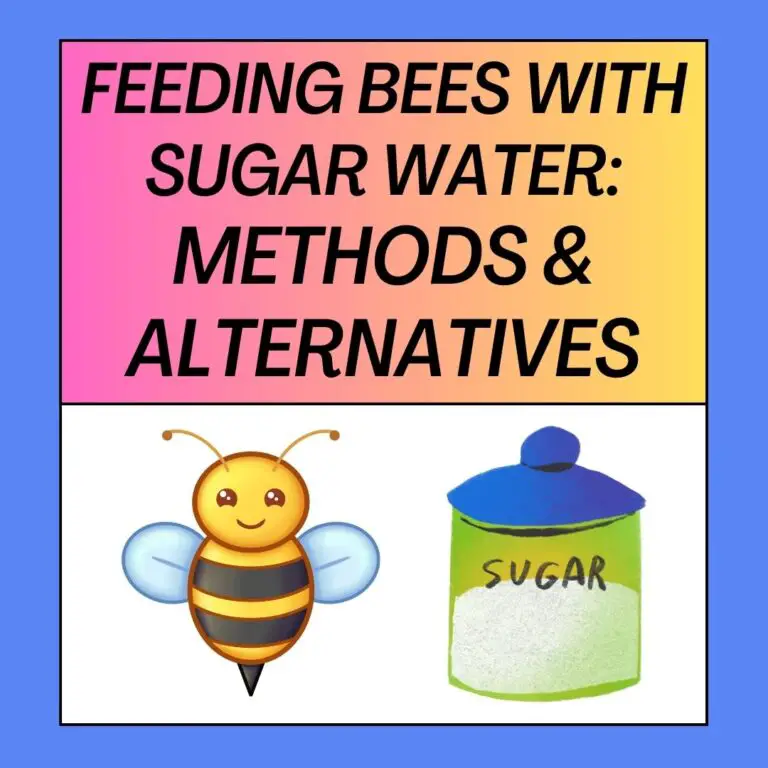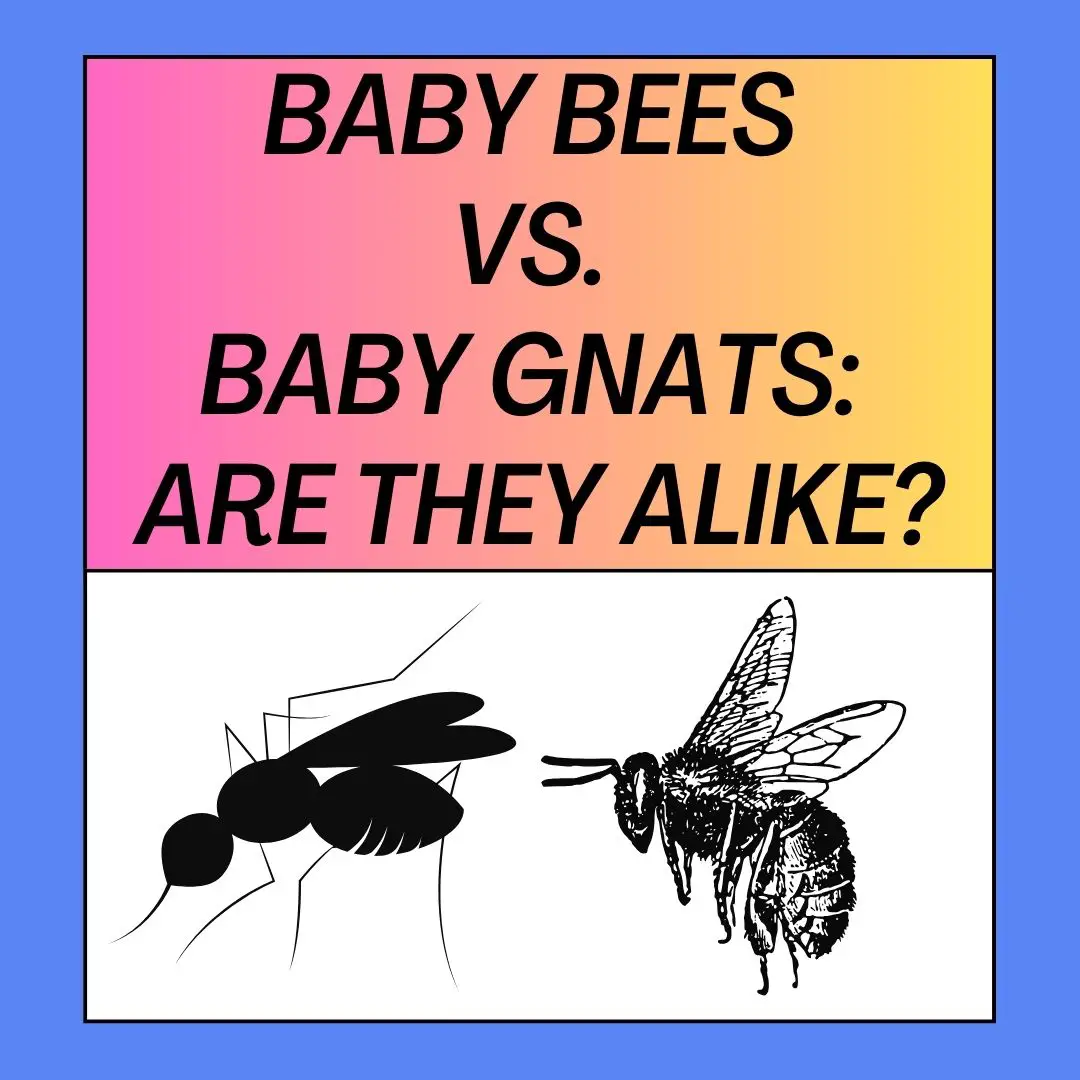
Are Baby Bees Like Baby Gnats? When it comes to the world of insects, there exists a multitude of species, each with its own unique characteristics and life cycles. Two such insects that often raise questions due to their similar-sounding names are bees and gnats. While both belong to the broader category of insects, they differ significantly in their biology, behavior, and appearance. In this article, we will delve into the intricate details of baby bees and baby gnats, highlighting their differences and shedding light on their respective life stages, habits, and roles in the ecosystem.
Insects in the Spotlight
Insects are the most diverse group of organisms on Earth, with over a million known species and potentially millions more yet to be discovered. They play pivotal roles in various ecosystems as pollinators, decomposers, and even as a source of food for other animals. Among this staggering diversity, bees and gnats are two distinct groups that stand out.
Bees, primarily known for their crucial role in pollination and honey production, are celebrated for their complex social structures and intricate behaviors. On the other hand, gnats, often considered as nuisances, encompass a wide array of small, flying insects that can be found in various environments.
Baby Bees: Nurturing the Future of the Hive
To understand baby bees, we must first grasp the fundamental aspects of their life cycle and their place within the colony. Bees are social insects, meaning they live in organized communities with specific roles assigned to each member. The lifecycle of a bee consists of four main stages: egg, larva, pupa, and adult. Baby bees, in the strictest sense, refer to bees in the larval stage.
- Egg Stage: The life of a bee begins when the queen bee lays an egg. The queen can lay two types of eggs: fertilized eggs that develop into female worker bees and unfertilized eggs that become male drones. Worker bee eggs are usually laid in individual cells of the comb.
- Larval Stage: After about three days, the egg hatches into a larva. Baby bees in this stage are essentially tiny, legless grubs that are entirely dependent on the nurse bees for nourishment. Nurse bees feed them a mixture of royal jelly for the first few days and subsequently a diet of pollen and nectar.
- Pupal Stage: Following a period of growth and development, the larva spins a silk cocoon around itself and transforms into a pupa. During this pupal stage, the bee undergoes a remarkable metamorphosis, transforming its body structure and features.
- Adult Stage: The pupal stage culminates in the emergence of an adult bee from the cocoon. This fully developed bee joins the hive as a worker, drone, or queen, depending on its genetic makeup and the colony’s needs.
Baby bees, or bee larvae, are integral to the hive’s survival. They represent the future workforce of the colony and are responsible for various tasks within the hive, including cleaning cells, feeding other larvae, and eventually foraging for food and nectar.
Baby Gnats: The Minuscule Mysteries
Gnats, on the other hand, encompass a diverse group of small flying insects that belong to various families, including Mycetophilidae, Anisopodidae, and Sciaridae. These insects are often recognized by their delicate appearance and slender bodies, and they are commonly found in damp or wooded areas. Baby gnats are essentially gnat larvae.
- Egg Stage: Like bees, gnats begin their lives as eggs. The female gnat typically lays eggs in a suitable environment, often near organic matter like decaying leaves, fungi, or stagnant water.
- Larval Stage: Upon hatching, gnat eggs give rise to larvae, which are often called “maggots.” Gnat larvae are legless and worm-like in appearance. They are known for their voracious appetite, as they primarily feed on decaying organic matter, fungi, algae, or other microorganisms in their environment.
- Pupal Stage: As gnat larvae grow and develop, they enter the pupal stage. During this stage, they undergo a significant transformation inside a protective cocoon or puparium. The pupal stage is a period of rest and development.
- Adult Stage: Finally, the pupa emerges as an adult gnat. Adult gnats are typically characterized by their small size, elongated legs, and, in some species, long antennae. They are known for their swarming behavior, often seen hovering around light sources or in humid environments.
Distinguishing Features: Baby Bees vs. Baby Gnats
Now that we’ve explored the life stages of both baby bees and baby gnats, it’s evident that they follow somewhat similar developmental patterns, progressing from egg to larva, pupa, and adult. However, several key distinctions set them apart:
- Ecological Roles: Baby bees, as larvae, are essential for the survival of the bee colony. They are nurtured and cared for by worker bees, and their development directly impacts the colony’s strength. In contrast, gnat larvae primarily serve as decomposers, breaking down organic matter in their environment.
- Physical Characteristics: Baby bees, or bee larvae, are grub-like, soft-bodied creatures with distinct segments. They are plump and pale white in color. Gnat larvae, often referred to as maggots, are elongated, legless, and typically translucent or pale in color. Their appearance is adapted for burrowing into decaying organic material.
- Habitat: Baby bees spend their larval stage within the protective confines of the hive. They are sheltered and cared for by worker bees. Gnat larvae, conversely, inhabit various environments depending on the gnat species. They are commonly found in soil, decaying vegetation, or aquatic habitats.
- Diet: The diet of baby bees consists of nutrient-rich substances provided by worker bees, including royal jelly, pollen, and nectar. Gnat larvae, on the other hand, are scavengers and primarily feed on decaying organic matter, fungi, algae, and microorganisms.
- Adult Roles: Once they reach adulthood, bees become part of a highly organized social structure with specific roles such as foraging, nursing, or reproducing. Adult gnats, while they may play ecological roles like pollination, are not organized into complex social structures like bee colonies.
Conclusion: A World of Insect Diversity
In the intricate tapestry of the insect world, baby bees and baby gnats are but two threads, each contributing to the biodiversity and ecological balance of their respective habitats. While they share some similarities in their life stages, their roles, behaviors, and ecological significance diverge significantly.
Understanding the life cycles and roles of various insects, like bees and gnats, offers a glimpse into the fascinating complexity of the natural world. It reminds us that even creatures as small as these play vital roles in maintaining the delicate balance of ecosystems, making them indispensable components of our planet’s biodiversity.
Related FAQ’S
What Does Baby Bee Look Like? Baby bees, or bee larvae, typically appear as soft, grub-like creatures with distinct segments. They are plump and pale white in color. The appearance of a baby bee can vary slightly depending on its age and species, but they generally share these characteristics.
What Does Baby Gnat Look Like? Baby gnats, known as gnat larvae or maggots, are elongated, legless creatures. They are often translucent or pale in color. Their appearance is adapted for burrowing into decaying organic material.
What Is a Bee Nursery? A bee nursery refers to a section within a beehive where the eggs and young larvae are cared for. Worker bees in the hive maintain and nurture the nursery, ensuring that the developing bee larvae receive the necessary care, including feeding and protection.
What Is Bee Larva? Bee larvae are the second stage in the life cycle of a bee, following the egg stage. Larvae are the immature, grub-like forms of bees, and they are entirely dependent on the care provided by worker bees for nourishment and protection.
Why Don’t We See Baby Bees? Baby bees, or bee larvae, are typically hidden within the hive. They are not exposed to the outside environment, making them less visible to human observers. Worker bees within the hive care for the baby bees, so they remain sheltered and protected until they develop into pupae.
What Are Baby Bees Called? Baby bees are often simply referred to as “bee larvae.” As they progress through their life stages, they become pupae and then adult bees, taking on specific roles within the hive.
These FAQs provide a deeper insight into the appearance and care of baby bees and baby gnats, highlighting their distinct characteristics and roles in their respective ecosystems.



